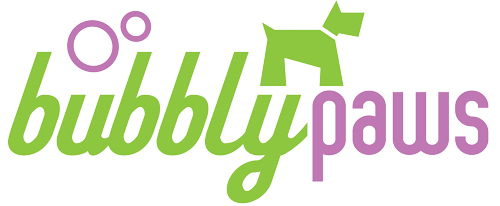If you're among the roughly 38% of households with a dog, there's a good chance you've dealt with shedding issues. When you see tufts of fur rolling across the floor and getting stuck to your furniture, you're probably reaching for the broom or vacuum often. And it might feel like your best efforts to keep up aren't working.
Is your dog shedding a lot? Keep reading to learn what you should do!
Get a Dog Brush for Shedding
To help reduce excessive dog shedding, start with your brushing routine. Are you only brushing your dog once a year? Make a point of committing to brushing your dog several times each week to stay on top of their coat.
Brushing can help control shedding. And it also can alert you to problems, such as sore areas on your dog's skin or fleas.
First, find a brush that works well with your dog's type of coat. For instance, dogs with curly coats would match up well with wire-pin brushes. And if your dog has any snags in his coat, use a slicker brush to help get rid of them.
For all other dogs, bristle brushes tend to work well. Just be aware that dogs with longer fur may require bristle brushes with longer bristles. For dogs with very short hair, use a comb to help to get rid of dead hair.
And if you're looking to add a new pup to your family, consider a hypoallergenic dog. These are dogs that don't shed as much as other types. While you still should expect some shedding, it won't be as excessive.
Consider Dietary Changes
One of the causes of dog shedding can be a poor or incomplete diet. If your dog isn't getting the nutrients he needs, his hair might be brittle and prone to falling out more easily. A diet that is rich in nutrients, by contrast, can help ensure that your dog's hair follicles are stronger.
Plan on choosing a diet for your pup that contains a balance of lean meat, fruit, and vegetables. Look for dog foods that are rich in omega-3 fatty acids, which help keep your dog's fur healthy. Talk to your vet about adding supplements or introducing flaxseed oil or salmon to your dog's diet to enhance their omega-3 intake.
Avoid starchy foods. Foods that are full of ingredients such as wheat and corn won't offer any nutritional benefits just filler. Steer clear of these ingredients since they can cause digestive problems, as well. With a more balanced diet, your dog will look and feel better!
Make Hydration a Priority
Is your dog drinking enough water? When you see that your dog is shedding more, the issue might be dehydration. A dog with dry skin will be more likely to shed fur and experience digestive problems.
Keep tabs on how much water your pooch is drinking to gauge their daily intake. And keep in mind that dogs should be drinking at least one ounce of water for every 10 pounds of their body weight. In other words, a 60-pound dog will need 6 ounces of water per day.
If dehydration is a problem, try to introduce regular hydration times each day. For instance, fill up your dog's water bowl after an afternoon walk and refresh their water when you feed them. This will help your dog get into the habit of drinking enough water throughout the day.
Look into Bathing Treatments
When you take your dog to a professional groomer, you expect your pup to look silky and smell good afterward. But did you know that bathing your dog also can help with shedding problems? Regular grooming can clear our dead hair and fortify your dog's hair follicles.
A good moisturizing shampoo, for instance, will provide omega-3 fatty acids and inject some moisture into your dog's fur. When dry winter air moves into town, a bath can help your dog's skin feel more comfortable. In addition, a grooming session can help remove tangles, allergens, and bacteria from your dog's coat.
If your dog has an undercoat, regular bathing can help get rid of extra fur. That's because groomers will have de-shedding shampoos at their disposal. These shampoos can help minimize the undercoat so you won't see as much shedding.
Talk with Your Veterinarian
Sometimes shedding is just a nuisance, but it also could mean there are bigger problems. This is particularly true if excessive dog shedding becomes a sudden problem.
For dogs with undercoats, seasonal shedding is a normal experience. You may notice extra fur on the floors during the spring and fall months. But maybe you're seeing excess fur off-season or your dog lacks an undercoat.
If you notice patches of exposed or irritated skin, it's best to bring your dog to a veterinarian for a check-up. They'll be able to check to see if skin conditions, infections, or allergies are causing a shedding problem.
They may need to prescribe antibiotics, especially if the culprit is a bacterial infection. Sometimes infections can aggravate skin, causing your dog to shed larger clumps of fur. As another option, supplemental hormone treatments may help solve a sudden shedding issue.
Is Your Dog Shedding a Lot?
A dog shedding a lot can be a big problem but it doesn't have to be. Focus on making dietary improvements and ensuring that your dog gets plenty of water. And look into enhancing your dog's grooming routine to keep their fur healthy.
When you're ready to get your dog groomed, contact us so we can help!
